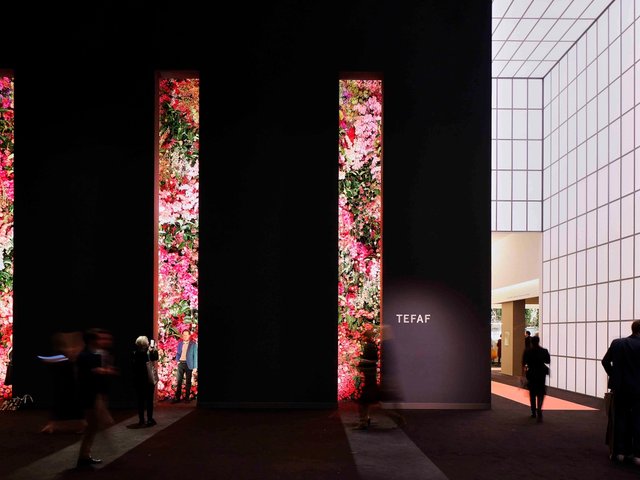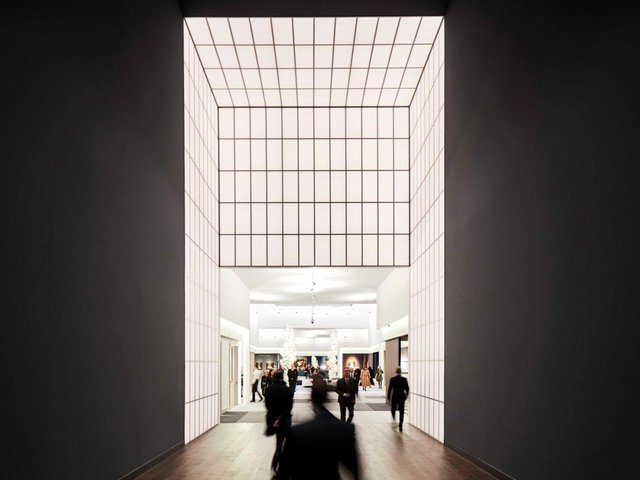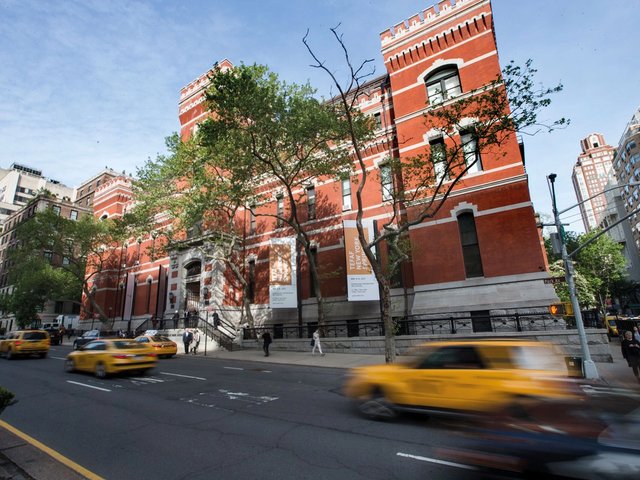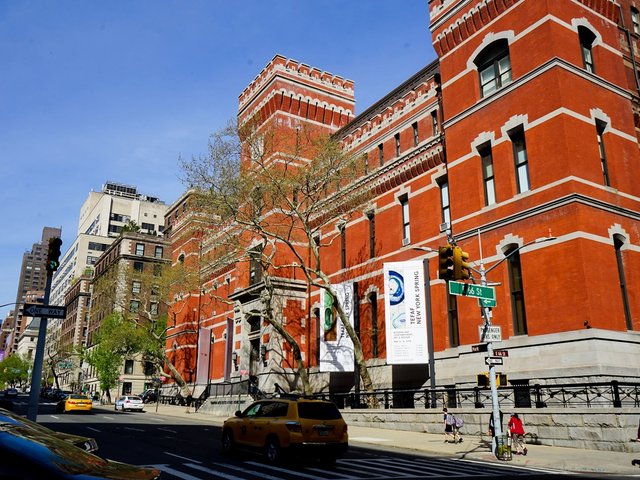Another art fair, another “special” section. News that Tefaf Maastricht has launched a Focus sector for ten exhibitors this year might have brought some eyerolls from market participants. It can be hard to remember what all these broadly titled zones represent. With names such as Discoveries, Survey, Platform and Feature, each comes from a different big-league fair, but they seem to merge in memory. Tefaf itself already has a Showcase section, too.
As a section title, Focus is particularly popular. A quick Google search brings up the same name for counterparts at the Armory Show, Fog Design+Art, Abu Dhabi Art and—most prominently—Frieze, whose four annual fairs all group their younger galleries under the Focus banner.
At Tefaf Maastricht, Focus has been set up to allow galleries to “delve more deeply into the work of a single artist or concept”, the fair says. From the details known at time of writing, there is room here for a creative (arguably unfocused) interpretation. Among the presentations, the sculpture specialist Robert Bowman zones in on Auguste Rodin’s notorious The Gates of Hell, commissioned in 1880. The doors encompassed some of the artist’s most famous works—think The Thinker, The Kiss and Eve, casts of which will be among the fare. Meanwhile, the antiquities specialist Charles Ede has joined forces with fellow Focus exhibitor Sean Kelly to combine Greek red- and black-figure pottery with works by the contemporary painter Calum Innes on a stand with furniture by the Mexico-based design studio Gloria Cortina.
The latter seems (so far) the most adventurous and should help boost the fair’s cross-collecting potential. While Tefaf retains its reputation as the most prestigious fair for older art and a variety of niche disciplines, it has yet to get a grip on how to incorporate contemporary art into its aisles. It is easy to argue why it shouldn’t bother—there are certainly enough contemporary art fairs on the circuit—but that would demonstrate a wilful blindness to the dynamics of the wider market and do a disservice to the 270 exhibitors.
Taste has moved out of any one collecting field, with contemporary art—far greater in supply and relentlessly popular—nearly always in the mix. And although there are still some dedicated buyers of silver, furniture and indeed Greek pottery, there are relatively few objects in such areas that meet the lofty requirement to be “important”—which has become the collecting category of choice. Mixing high design and in-demand contemporary works of art with antique vases could provide the aspirational vision of an ideal home in the 21st century, boosting all categories in its wake.
As for any single-artist or themed stand at any art fair around the world: while visitors may appreciate the view, if the selection fails to chime with the mood, it can lead to zero sales—a step too far as fairs become ever more expensive projects. By choosing from its existing exhibitors who also have booths in the main fair, Tefaf is offering them the opportunity of having a second bite at the cherry, with extra PR points thrown in. So yes, there is another Focus sector in another fair, but this one could do the trick.






